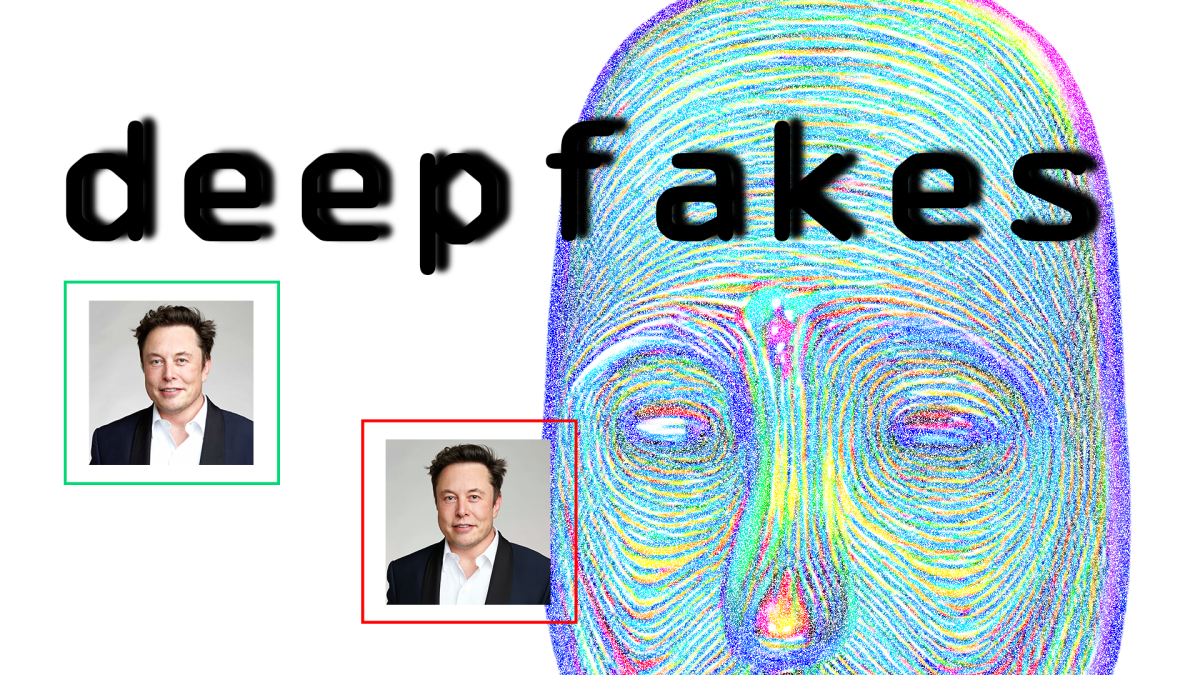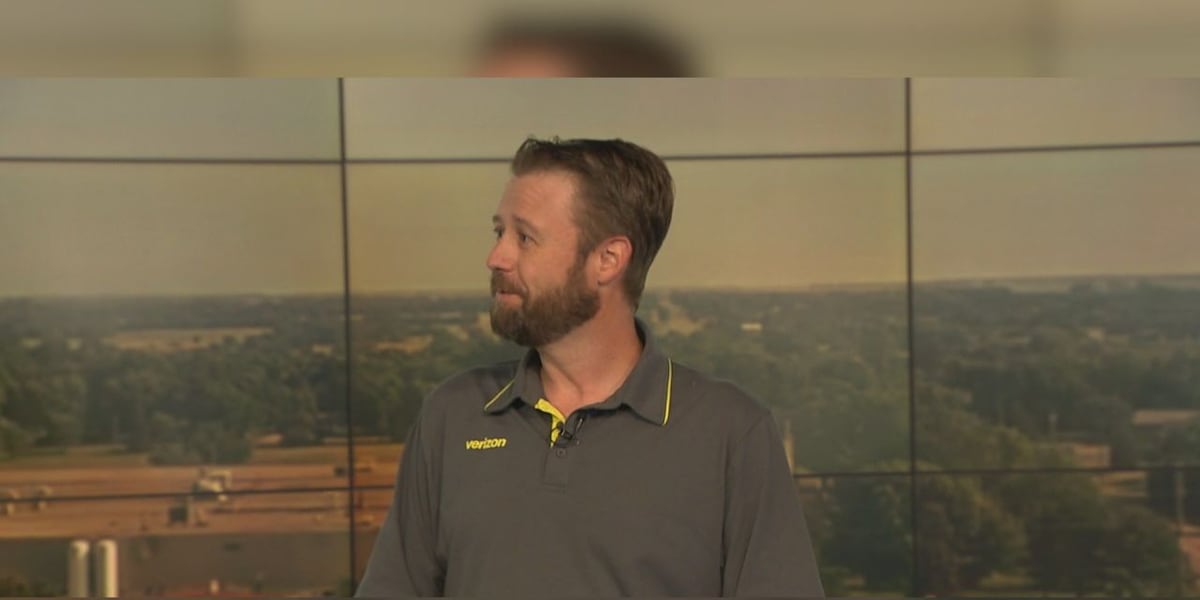Staying Ahead of the Curve: 3 Crucial Ways to Combat Deepfake Technology in the Philippines

The rise of deepfake technology presents a significant and growing threat, impacting everything from personal reputations to national security. Already, we've seen its devastating effects – from cryptocurrency scams costing millions to sophisticated heists pulling in staggering sums like $25 million. In the Philippines, where digital literacy is still developing and misinformation spreads rapidly, the potential for harm is particularly acute.
Deepfakes, essentially AI-generated synthetic media, can create incredibly realistic but entirely fabricated videos and audio recordings. Imagine receiving a call from what appears to be a trusted authority figure, issuing urgent instructions that turn out to be a carefully crafted deception. This is the reality we face.
So, how can Filipinos – individuals, businesses, and the government – fight back? Here are three crucial ways to stay ahead of this evolving threat:
- Enhanced Media Literacy: Empowering the Public
- Technological Detection Tools: The Arms Race Continues
- Legal and Regulatory Frameworks: Holding Perpetrators Accountable
The first line of defense is a well-informed public. Media literacy programs, integrated into school curricula and community outreach initiatives, are essential. These programs should focus on teaching individuals how to critically evaluate online content, recognize telltale signs of manipulation, and understand the potential for deepfakes. Specifically, teaching Filipinos to question the source, look for inconsistencies, and be wary of emotionally charged content is vital. We need to move beyond simply believing what we see and hear online.
While creators of deepfakes are becoming increasingly sophisticated, so too are the tools designed to detect them. AI-powered detection software is constantly evolving, analyzing videos and audio for subtle anomalies – things like inconsistent blinking, unnatural facial expressions, or audio distortions. Several companies and research institutions are developing these tools, and their accessibility to Filipino news outlets, law enforcement, and even everyday users should be prioritized. The challenge lies in staying ahead of the curve as deepfake technology improves, requiring continuous investment and innovation.
The Philippines needs a robust legal and regulatory framework to address the malicious use of deepfakes. Existing laws regarding libel, defamation, and fraud can be applied, but specific legislation targeting deepfake creation and dissemination could provide greater clarity and stronger penalties. This framework should balance protecting individuals and businesses from harm with safeguarding freedom of expression. International collaboration is also crucial, as deepfakes can easily cross borders.
The fight against deepfakes is not a battle we can afford to lose. It requires a multi-faceted approach involving education, technology, and legislation. By empowering Filipinos with the knowledge and tools to identify and resist deepfakes, we can mitigate the risks and protect our society from the potentially devastating consequences of this emerging technology.
What can you do? Be skeptical. Verify information from multiple sources. Report suspicious content. And stay informed about the latest developments in deepfake technology.






